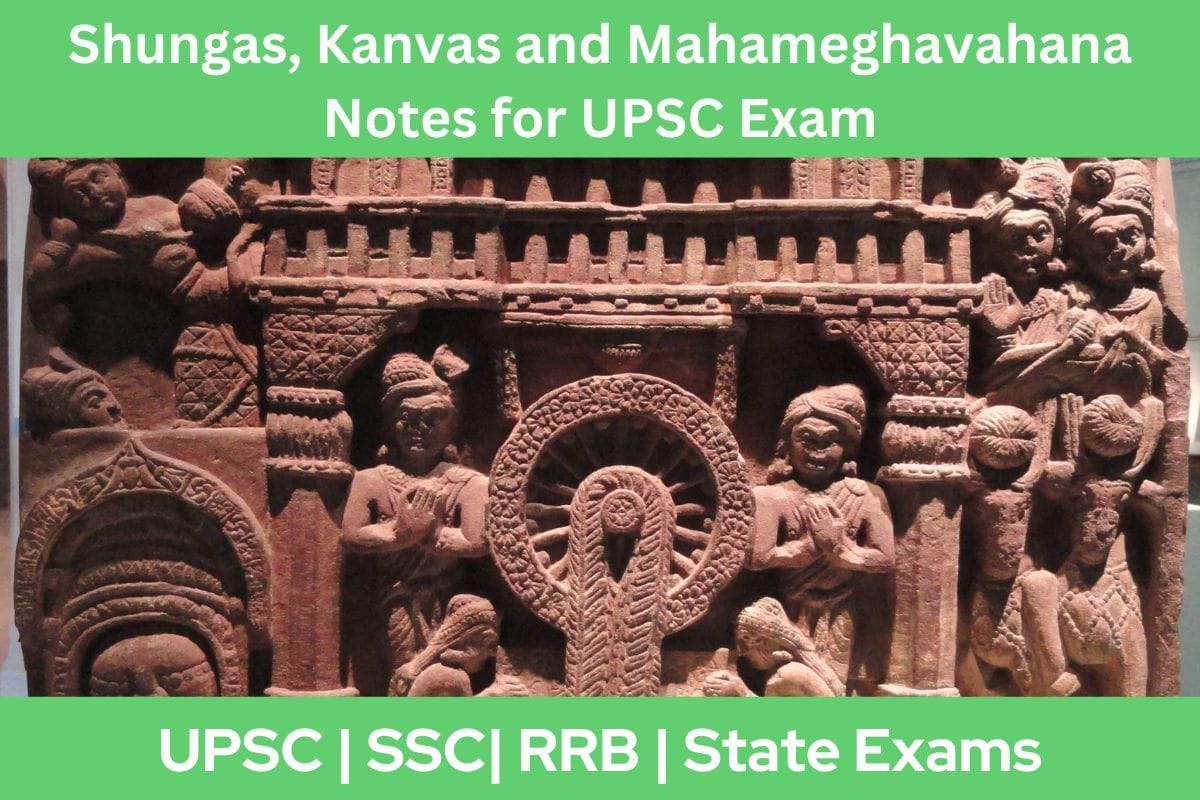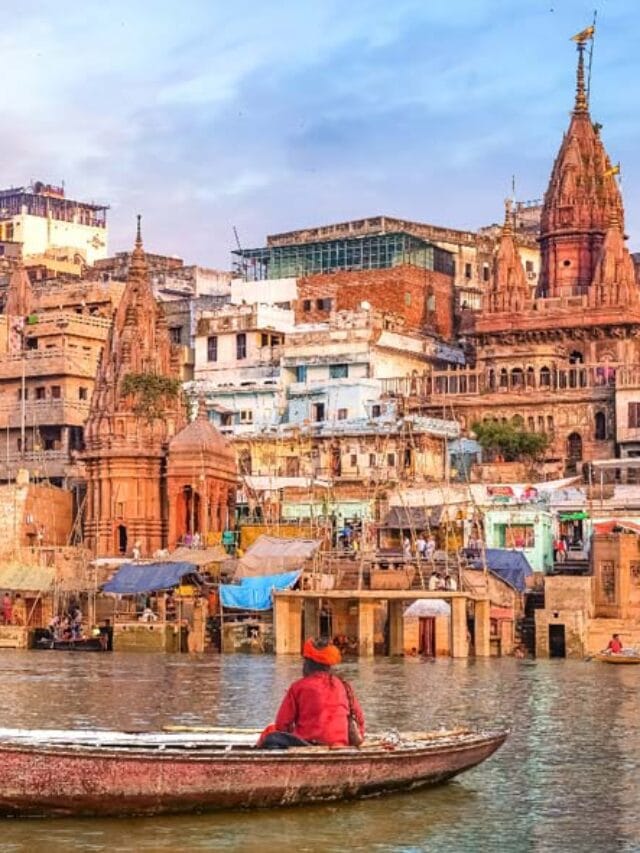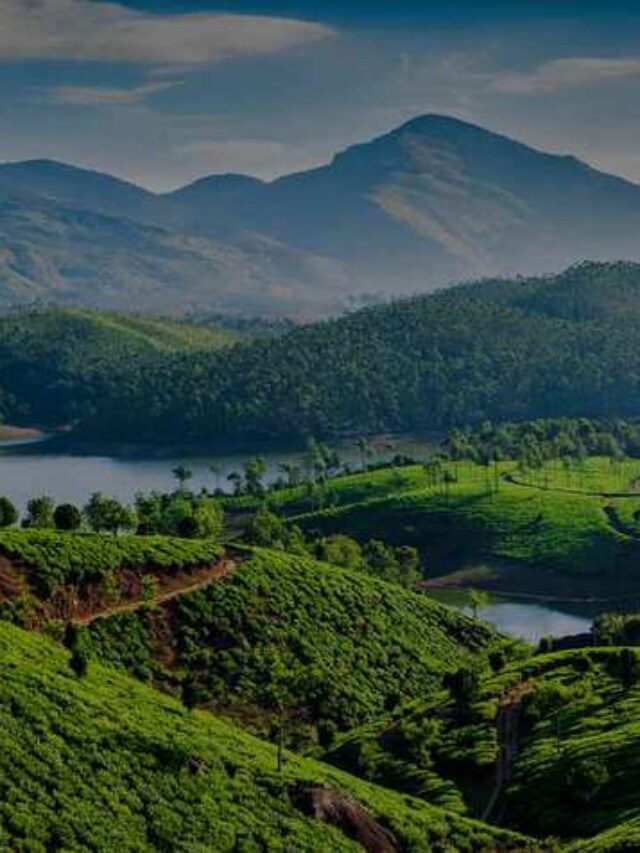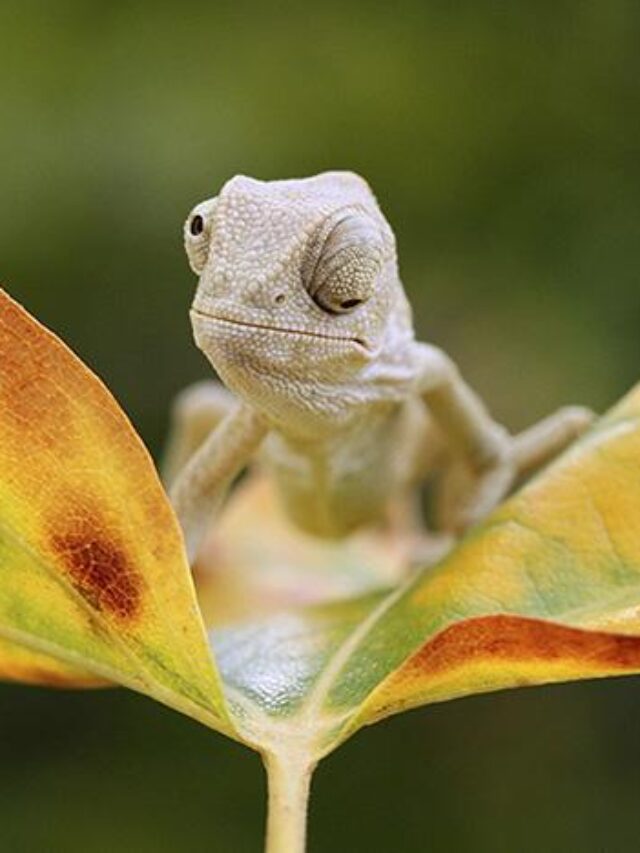
Sunga Dynasty
- The Sunga Dynasty emerged in ancient times after the Mauryan era.
- Established by Pushyamitra Sunga, who overthrew the Maurya Dynasty in 185 BCE, it witnessed the rule of ten monarchs for a total of approximately 112 years.
- Pataliputra served as its capital.
- Among the notable accomplishments of the Sunga Dynasty was the successful defense of India against the Hunas invasion.
- Pushyamitra Sunga, the Commander-in-Chief of Brihadratha Maurya, seized power after assassinating the last Maurya ruler in 185 BCE.
- This marked the inception of the Sunga dynasty, which governed Magadha and the neighboring regions once under the Maurya empire. Key sources shedding light on the Sunga dynasty include Gargi-Samhita,
- The Divyavadana, The Malavikagnimitram by Kalidasa, The Mahabhasya by Patanjali, and The Harshacharita by Banabhatta, along with inscriptions from Dhanadeva-Ayodhya.
Timelines Of Rulers
The Sunga Dynasty, spanning from 185 BCE to 73 BCE, witnessed the reign of ten significant rulers. Noteworthy among them were:
- Pushyamitra Sunga (185 – 149 BCE)
- Agnimitra (149 – 141 BCE)
- Vasujyestha (141 – 131 BCE)
- Vasumitra (131 – 124 BCE)
- Bhadraka (124 – 122 BCE)
- Pulindhaka (122 – 119 BCE)
- Ghosha (119 – 108 BCE)
- Vajramitra (108 – 94 BCE)
- Bhagabadra (94 – 83 BCE)
- Devabhuti (83 – 73 BCE)
Important Rulers
Pushyamitra Sunga
Pushyamitra Sunga, the inaugural ruler of the Sunga Dynasty, governed for approximately 36 years, from 185 BCE to 149 BCE. A devout follower of Brahmanism, he conducted two ashwamedha sacrifices and clashed with Kharavela of Kalinga, who invaded North India. Despite patronizing Buddhist arts, historical texts like the Ashokavadana in the Divyavadana suggest that Buddhists faced persecution under his rule.
Agnimitra
Following Pushyamitra Sunga, Agnimitra assumed leadership, reigning for eight years (149 BCE to 141 BCE). Varied accounts surround his lineage, with Kalidasa mentioning the Baimbika family, while the Puranas assert Shunga ancestry. Agnimitra engaged in war with Vidarbha’s ruler, Yajnasena, emerging victorious. His son Vasujyestha succeeded him, ruling from 141 BCE to 131 BCE.
Vasumitra
Vasumitra, son of Agnimitra and half-brother of Vasujyestha, ascended as the fourth Sunga ruler. Noted as Sumitra in some sources, Vasumitra played a role in defeating the Indo-Greek Yona cavalry on the banks of the River Indus. He was succeeded by Bhadraka in 124 BCE.
Devabhuti
Devabhuti, who followed Bhagabadra (94 BCE to 83 BCE), marked the end of the Sunga Dynasty in 83 BCE. His reign concluded tragically when he was assassinated by his minister Vasudeva Kanva, leading to the establishment of the Kanva Dynasty.
Cultural Advancements
- During the rule of the Sunga dynasty, various cultural advancements took place. They fostered the growth of art, philosophy, education, and other forms of learning. Notably, the Sungas contributed to the restoration and expansion of Buddhist stupas like Sanchi and Bharhut.
- Excavations in Gwalior and Mathura unveiled standing sculptures of Yakshas and Yakshis from the Sunga period. The Besnagar pillar inscription in Vidisha, dating back to the Shunga era, was inscribed in Brahmi script and Prakrit language.
- Literary achievements during the Sunga period included the works of sage Patanjali, such as the Yoga Sutra and Mahahasya, and Kalidasa’s play Malavikagnimitram.
- The Sunga dynasty, succeeded by the Kanva dynasty after the assassination of Devabhuti by Vasudeva Kanva, played a crucial role in promoting the art and culture of its time.
Kanva Dynasty
- The Kanva dynasty originated from a Brahmin background and got its name from the ruler Kanva’s family lineage.
- Founded by Vasudeva Kanva, the dynasty began in 72 BCE when Vasudeva Kanva defeated the Shunga ruler Devabhuti and set up his own empire.
- After Brihadratha, the last Mauryan king, was killed in 73 BCE, the Kanva Dynasty took over.
- His death left a gap in power in northern India as the Maurya Empire was already weakening.
- This allowed the Kanva Dynasty, led by Vasudeva Kanva, to establish a new empire in Magadha.
Timeline of Kanva Dynasty Rulers
- Vasudeva Kanva (73 BCE – 53 BCE)
- Bhumimitra (53 BCE – 33 BCE)
- Narayana (33 BCE – 23 BCE)
- Susharman (23 BCE – 21 BCE)
- Hala (21 BCE – 1 BCE)
Key Rulers
- Vasudeva Kanva: Founder known for supporting Buddhism.
- Bhumimitra: Ruled during peaceful times, continuing the dynasty’s backing of Buddhism.
- Narayana: Recognized for military campaigns against foreign invaders.
- Susharman: Short rule with limited impact.
- Hala: Notable for supporting literature, especially works by poet Kalidasa.
Achievements of the Kanva Dynasty:
- Buddhism Support: Strong backing for Buddhism, promoting its growth across India. Monks and scholars received royal support, leading to flourishing Buddhist art and architecture.
- Art and Literature: Contributions to Indian art and literature, with renowned poet Kalidasa creating many works during their rule.
- Infrastructure: Significant investments in projects like roads and canals to enhance transportation and commerce across the empire.
Decline of Kanvas
Despite its accomplishments, the Kanva Dynasty faced challenges that led to its decline. Here are some reasons for its downfall:
- Weak Rulers: The later rulers of the Kanva Dynasty were not strong leaders. They struggled to keep the empire stable and were often influenced by powerful local leaders.
- External Threats: The dynasty faced threats from the northwest of India, particularly from the Indo-Greek Kingdom. This neighboring kingdom had already conquered parts of northern India, posing a significant danger to the Kanva Dynasty.
- Succession Issues: The Kanva Dynasty also grappled with problems in passing down leadership. Later rulers didn’t have a clear plan for succession, leading to civil conflicts and instability.
Chedi / Mahameghavahana Dynasty
The Cheti dynasty came after the Maurya dynasty, following the Sunga, Kanvas, and Satvahana. It started in the 1st century BC. Although a well-known ancient dynasty, there isn’t much information available about it. Evidence and details about the Cheti dynasty are scarce or purposely erased from history. It’s also called the Chedi dynasty.
Important Facts
- The Cheti Dynasty belonged to one of the 16 ruling regions called mahajanapadas, situated near the Yamuna River, between the Vatsas and Kurus kingdoms. In ancient times, the Cheti people, known as Kshatriyas, were renowned and mentioned in various Buddhist, Jaina, and Brehmic literature.
- After the Kanva Dynasty, the Cheti Dynasty emerged in the 1st century BC, originating in Kalinga (now Odisha, with its capital in Bhubaneswar, north of Andhra Pradesh). Our knowledge about this dynasty primarily comes from the Hathigumpha inscription near Bhubaneswar, Odisha.
- The inscriptions on Hathigumpha, attributed to King Kharavela, the third ruler of the dynasty, provide the sole information about the Cheti Dynasty. King Kharavela, a follower of Jainism, left these inscriptions on the Jainism architecture of Hathigumpha, emphasizing the importance of the right knowledge, faith, and conduct in Jainism.
- The dynasty also had other names like Cheta or Chetavamsa and Mahameghavahana. Mahameghavahana signifies the family of power, suggesting the ruler’s strength akin to the lord of the clouds, symbolizing power comparable to the Hindu god Indra, the god of rain and clouds.
- The Cheti Dynasty, part of the Sixteen Kingdoms of the Monarchical Mahajanapadas in ancient history, remains known mainly through these inscriptions, with little else known about their rule.
Monarchical Mahajanadas
- Around the 6th-5th century BCE, the Chedi dynasty had its capital in Chedi, extending to the banks of the Narmada River. In the Rigveda, there’s mention of the Chedi dynasty and its Kshatriya people, led by King Kashu chaidya.
- Sahajati and Tripuri are crucial towns related to the Cheti dynasty. Sahajati, present-day Bhita, was located in Allahabad, Uttar Pradesh, near the Yamuna River. These towns were significant during the Chedi dynasty and can be likened to the modern region of Bundelkhand.
Art and Architecture
Udayagiri and Khandagiri Caves
- Udayagiri and Khandagiri caves stand as prominent exemplars of the craftsmanship during the Mahameghavahana dynasty, commissioned by King Kharavela.
- Situated in Bhubaneswar, Odisha, India,
- Udayagiri, signifying “Sunrise Hill,” comprises 18 caves, while Khandagiri, denoting “Broken Hill,” boasts 15 caves.
- The Hathigumpha cave houses the Hathigumpha Inscription, scripted by Raja Kharavela.
Hathigumpha Inscription
- This stone inscription, inscribed in Brahmi script, spans 7-8 lines.
- Situated in cave no.14 of Udaygiri near Bhubaneswar, the Hathigumpha cave imparts insights into the Chedi dynasty, featuring the Hathigumpha Inscription.
- Authored by Raja Kharavela, the King of Kalinga,
- The Hathigumpha inscription was crafted between the 2nd century BCE and 1st century CE.
- Offering insights into the Cheti or Mahameghavahana Dynasty and its rulers, the Hathigumpha Inscription delineates the rulers depicted in the aforementioned illustration.
- King Kharavela’s Hathigumpha Inscription (Kalinga) chronicles the conquest of Kalinga with the Nandas.
Other Architectural Marvels of the Chedi Dynasty include:
- Ganesh Gumpha (Cave no. 10) in Udayagiri.
- Hathi Gumpha (Cave no. 14) in Udayagiri.
- Sarpa Gumpha (Cave no. 13) in Udayagiri.
The Decline
Samudragupta’s triumph over Mahendra of Kosala, belonging to the Mahameghavahana dynasty, marked a turning point. Consequently, in the 4th century AD, it assimilated into the Gupta Empire.
MCQs Test for Shungas, Kanvas and Mahameghavahana








Leave a Reply